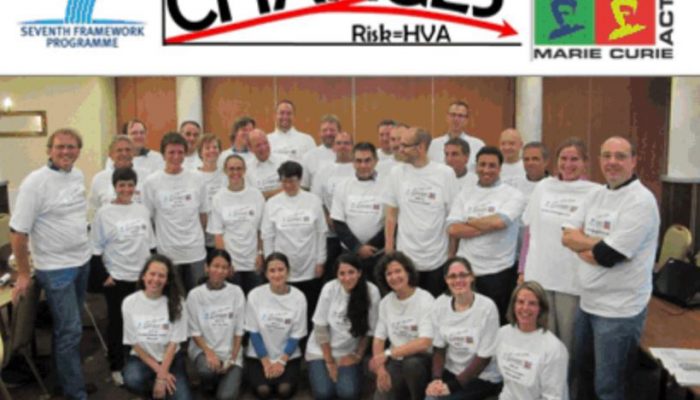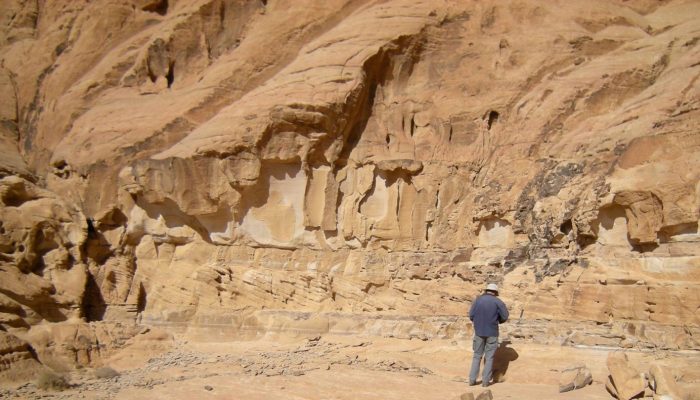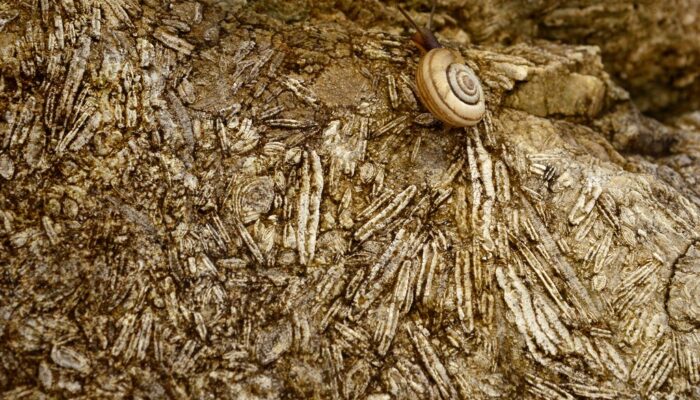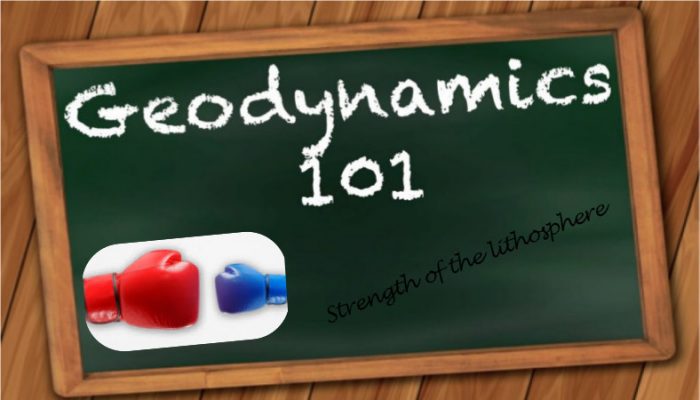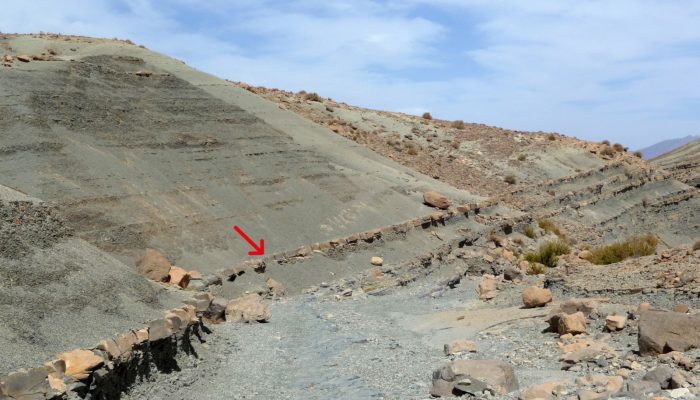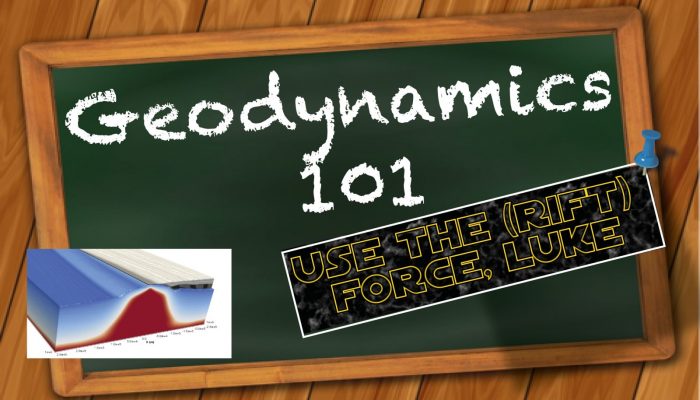Today I have the pleasure to post an interview on International Research Projects. The interviewee, Dr. Cees van Westen, does not need any introduction for those who work in the field on Natural Hazards. Today, he will “speak” as the coordinator of the CHANGES project and further information can be asked directly to him if this interview will stimulate your curiosity (e-mail: c.j.vanwe ...[Read More]
Stratigraphy, Sedimentology and Palaeontology
SSP blog goes live!
We are delighted to officially launch the blog of the Stratigraphy, Sedimentology and Palaeontology (SSP) division of the EGU! Our community is broad and interdisciplinary, and we hope to establish a platform for sharing up-to-date information on SSP related topics such as (but not limited to): Latest news, publications and reviews in SSP academic and applied research; Recent development in analyt ...[Read More]
GeoLog
Imaggeo on Mondays: Nummulites, the living lentils
This photograph depicts a close-up of Eocene limestones from the Sardinero Formation in Cantabria (Northern Spain). The limestone is rich with foraminifera shells, most of them from the Nummulitidae family. These organisms once lived in a very shallow sea that separated Europe from Iberia in the late Mesozoic and early Cenozoic era. Later the sea basin’s closure led to the formation of the Pyrene ...[Read More]
Geodynamics
Being both strong and weak
The Geodynamics 101 series serves to showcase the diversity of research topics and methods in the geodynamics community in an understandable manner. We welcome all researchers – PhD students to Professors – to introduce their area of expertise in a lighthearted, entertaining manner and touch upon some of the outstanding questions and problems related to their fields. For our latest ‘Geodynamics 10 ...[Read More]
Stratigraphy, Sedimentology and Palaeontology
Xenoconformity! Welcome to the new-born in the stratigraphy family
Every geologist has heard at least once in his career the term unconformity and all its different flavours (e.g. disconformity, paraconformity, angular unconformity, etc…). These terms are part of the basic learning in geology, often taught during first year classes in Stratigraphy. Well, it seems we’ll have to add one term in these lectures: Xenoconformity! In a recently published paper, Carroll1 ...[Read More]
GeoLog
Open Positions on the EGU Education and Outreach Committees
Do you have experience in science education or outreach? Are you looking to get more involved with the EGU community? The EGU Committee on Education and the EGU Outreach Committee are both searching for members interested in promoting the geosciences as well as engaging with the groups inside and outside the science community. The Committee on Education, who is seeking a new committee chair, coord ...[Read More]
WaterUnderground
A cool new collectible: Water
Post by Matt Herod, Waste and Decommissioning Project Officer for the Canadian Nuclear Safety Commission, and Adjunct Professor in Earth and Environmental Science at the University of Ottawa, in Ottawa, Canada. _______________________________________________ I have always been a mineral and fossil collector. It was a hobby that stuck and blossomed into a career. I still collect minerals and fossil ...[Read More]
Cryospheric Sciences
Image of the Week – A Hole-y Occurrence, the reappearance of the Weddell Polynya
REMARK: If you’ve enjoyed reading this post, please make sure you’ve voted for it in EGU blog competition (2nd choice in the list)! During both the austral winters of 2016 and 2017, a famous feature of the Antarctic sea-ice cover was observed once again, 40 years after its first observed occurrence: the Weddell Polynya! The sea-ice cover exhibited a huge hole (of around 2600 km2 up to ...[Read More]
GeoLog
February GeoRoundUp: the best of the Earth sciences from across the web
Drawing inspiration from popular stories on our social media channels, as well as unique and quirky research news, this monthly column aims to bring you the best of the Earth and planetary sciences from around the web. Major stories The biggest story in Europe right now is the bone-chilling cold snap sweeping across the continent. This so-called ‘Beast from the East’ sharply contrasts with the Arc ...[Read More]
Geodynamics
Finding the forces in continental rifting
The Geodynamics 101 series serves to showcase the diversity of research topics and methods in the geodynamics community in an understandable manner. We welcome all researchers – PhD students to Professors – to introduce their area of expertise in a lighthearted, entertaining manner and touch upon some of the outstanding questions and problems related to their fields. For our latest ‘Geodynam ...[Read More]

